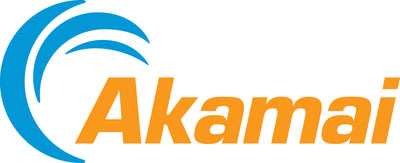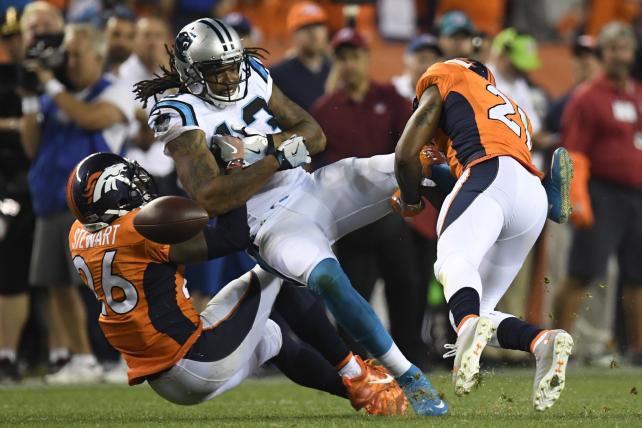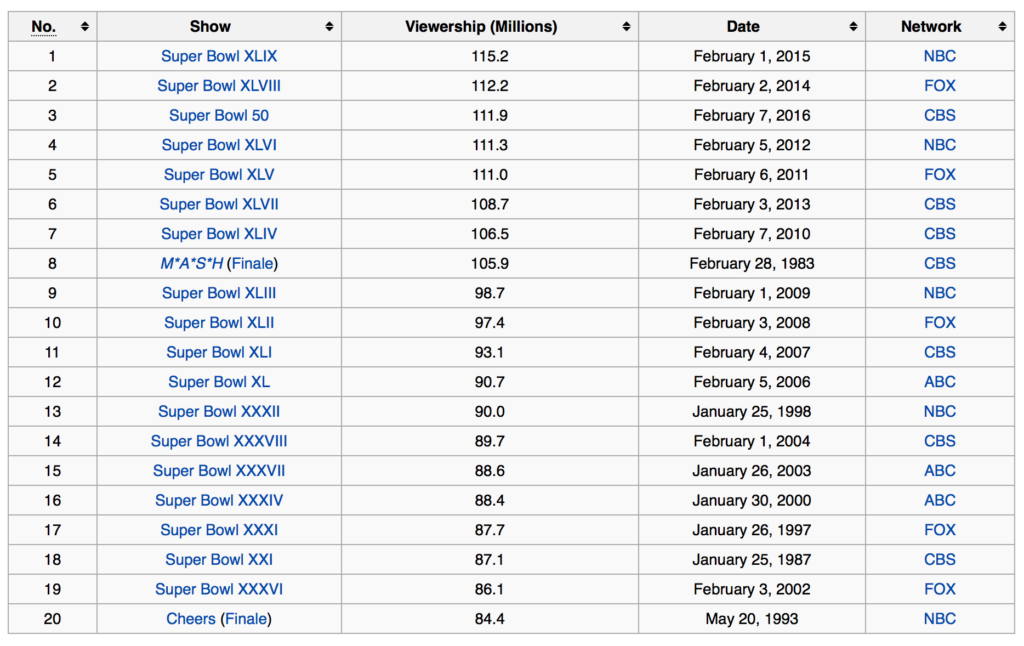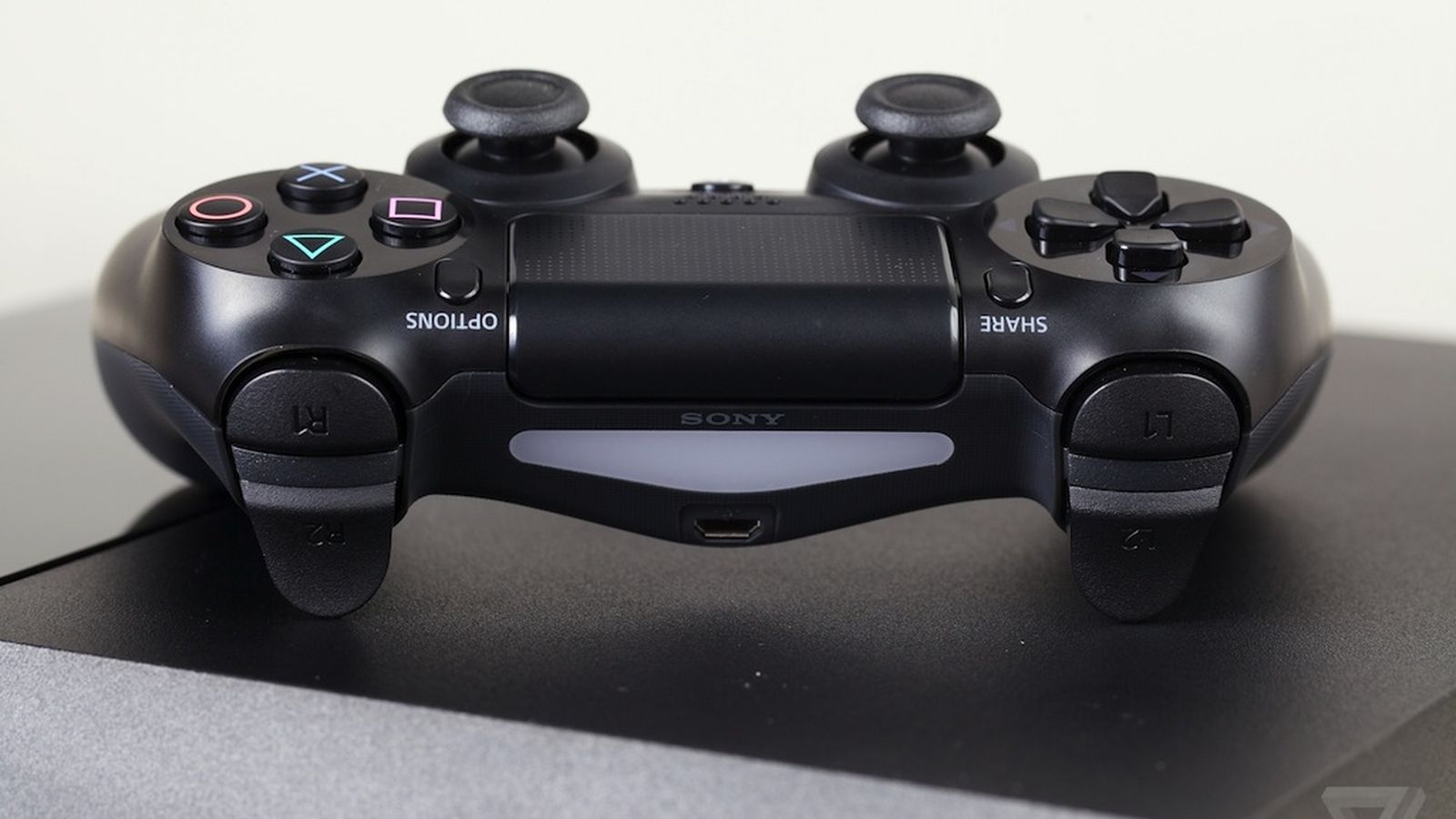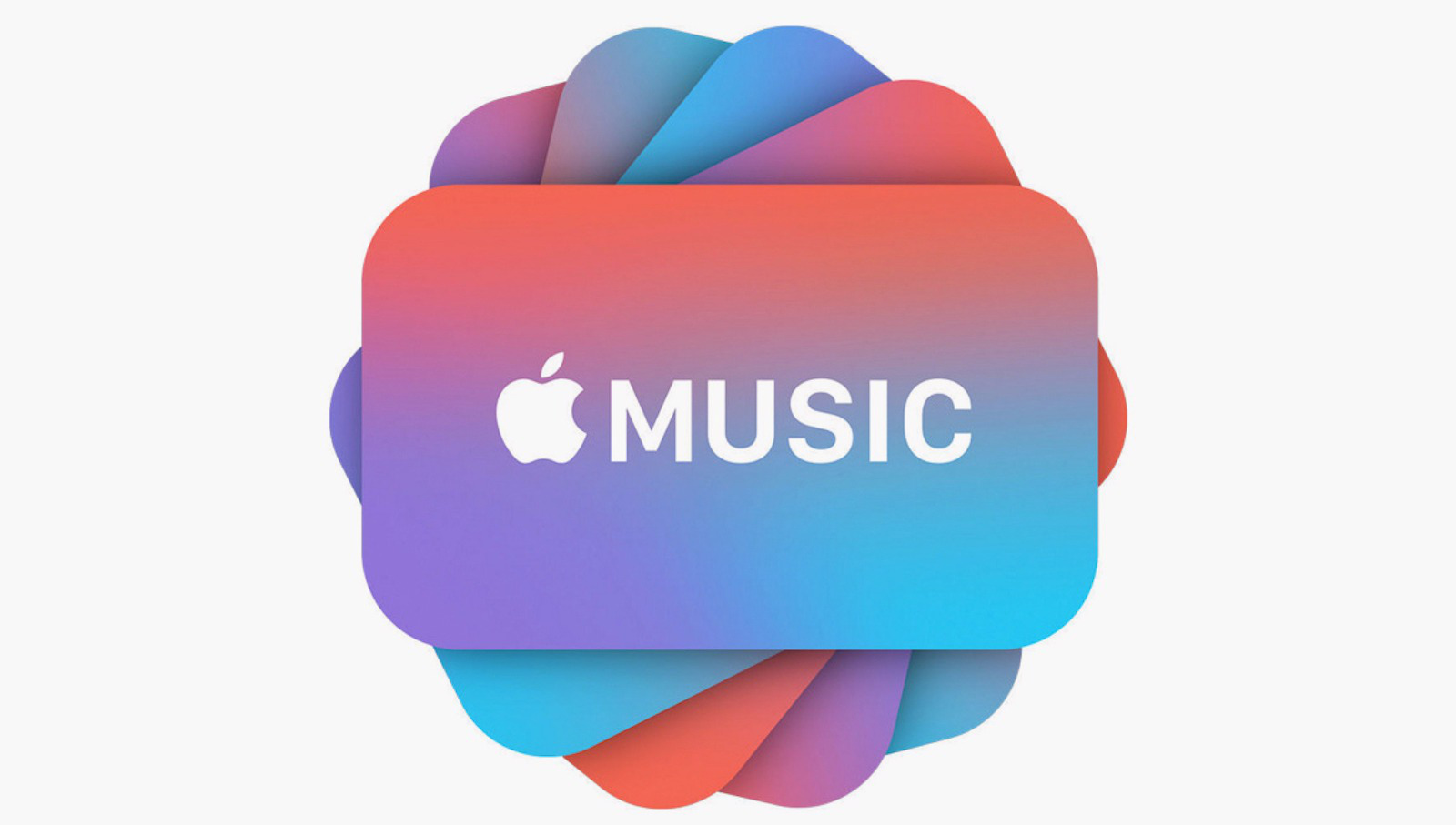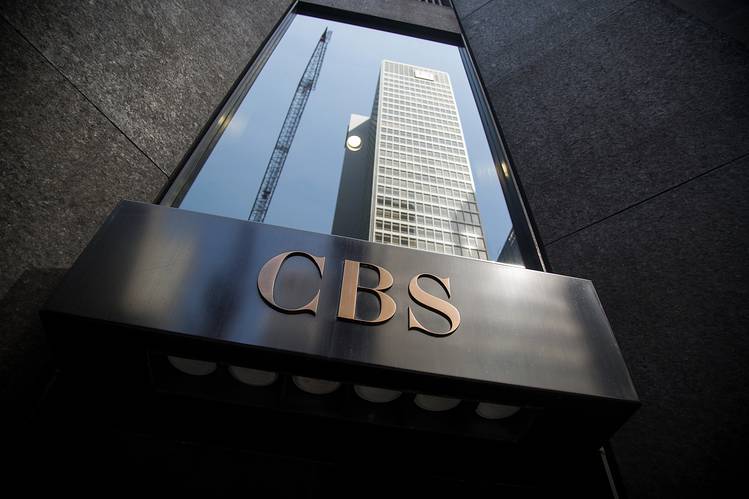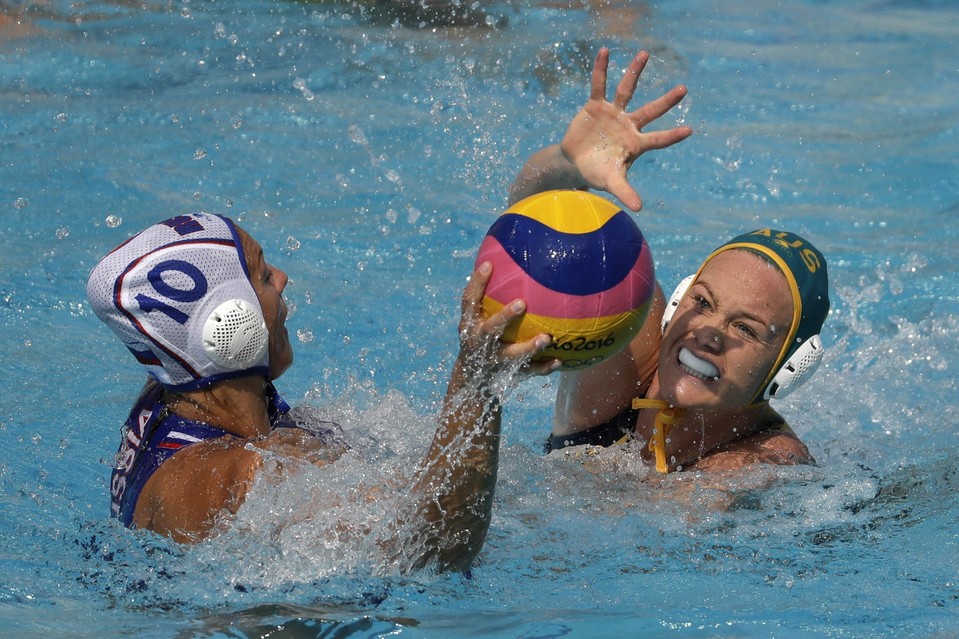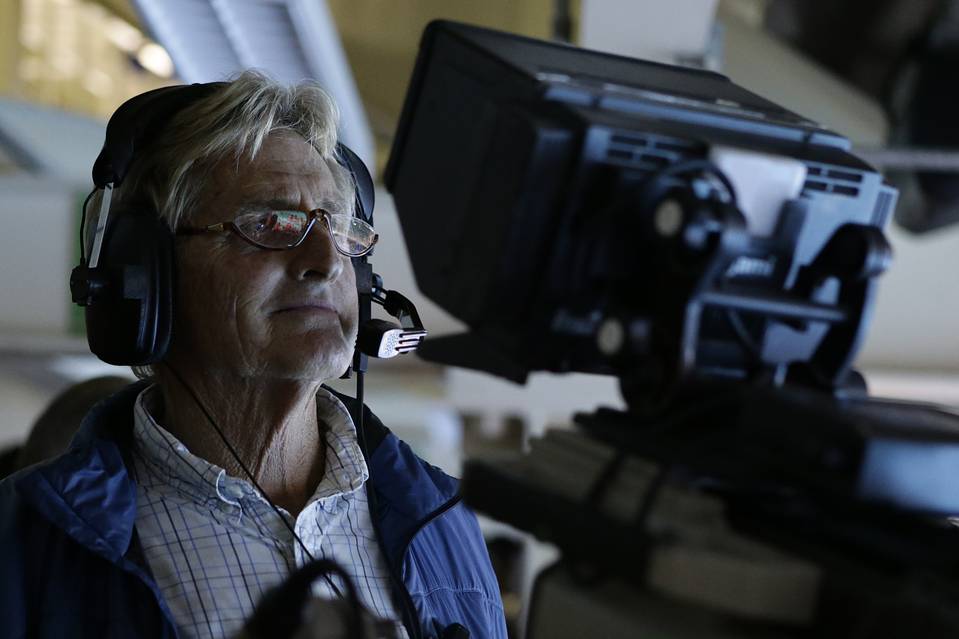You can only shop as fast as your connection
The backbone of our Connected Society thematic, and to some extent our Content is King thematic, is the speed at which individuals around the world can connect to the internet. It impacts everything from the security and speed to browsing and processing online transactions, to the ability to stream movies and other digital content.
For that matter, internet access and high-speed internet access have become as critical to the Rise and Fall of theMiddle-Class thematic and the evolution of emerging markets as clean water, food supply and education.
We look to this annual State of the Internet report from Akamai each year as a confirming data point that the spread of high-speed internet access is on-going. Of course, we aspire to the fact that it’s children of the world downloading education videos and adults shopping for digital books on economics, religion and philosophy . . . but we know that it’s probably just more people keeping up with the Kardashians.
“The continued increase in average connection speeds is a reassuring trend as online retailers prepare for the busy holiday shopping season,” said David Belson, editor of Akamai’s State of the Internet Report. “However, recent Internet disruptions caused by everything from government-ordered blackouts to a lone monkey sparking a widespread outage are reminders of the many factors that can affect access to and use of the Internet that is so often taken for granted.”
Highlights from Akamai’s Second Quarter, 2016 State of the Internet Report:Global Average Connection Speeds and Global Broadband Connectivity
• Global average connection speed decreased 2.3% from the first quarter of 2016 to 6.1 Mbps, a 14% increase year over year.
•Global average peak connection speed increased 3.7% to 36.0 Mbps in the second quarter, rising 2.5% year over year.
•Global 10 Mbps broadband adoption rate grew 0.7% quarter over quarter, but 15 Mbps and 25 Mbps broadband adoption rates fell 0.8% and 2.1%, respectively.

